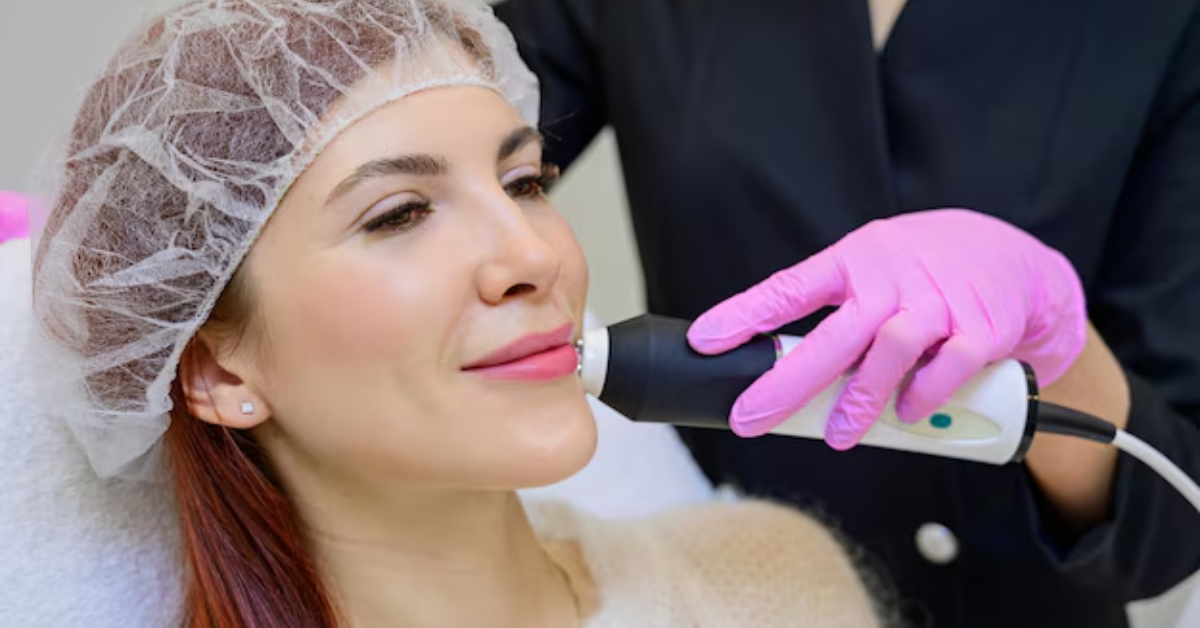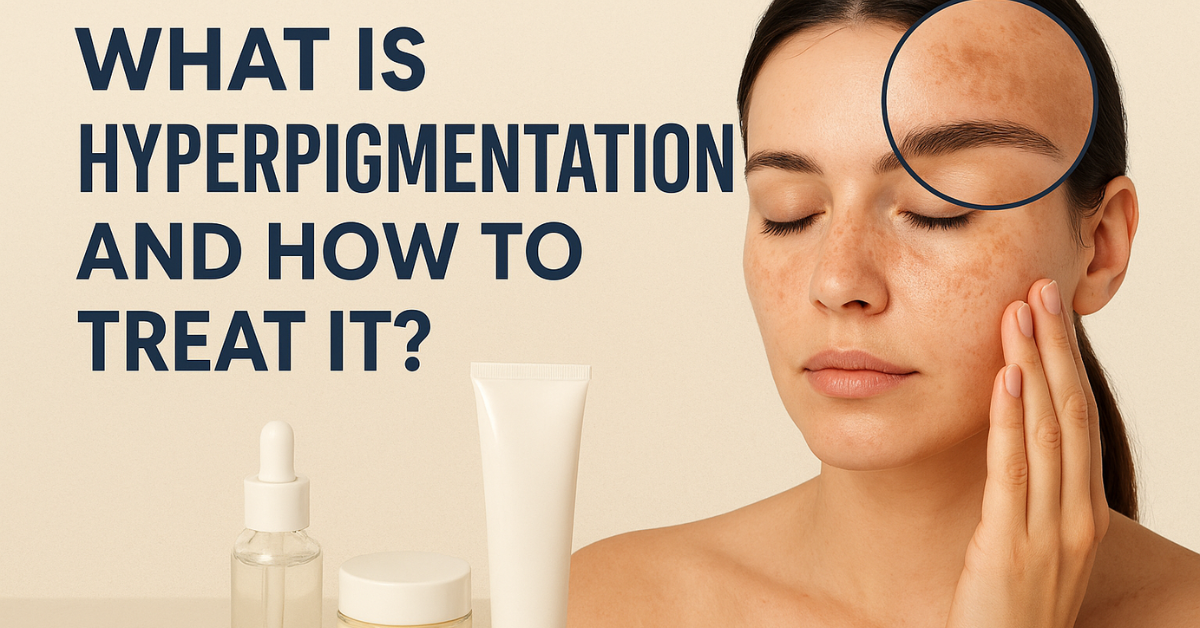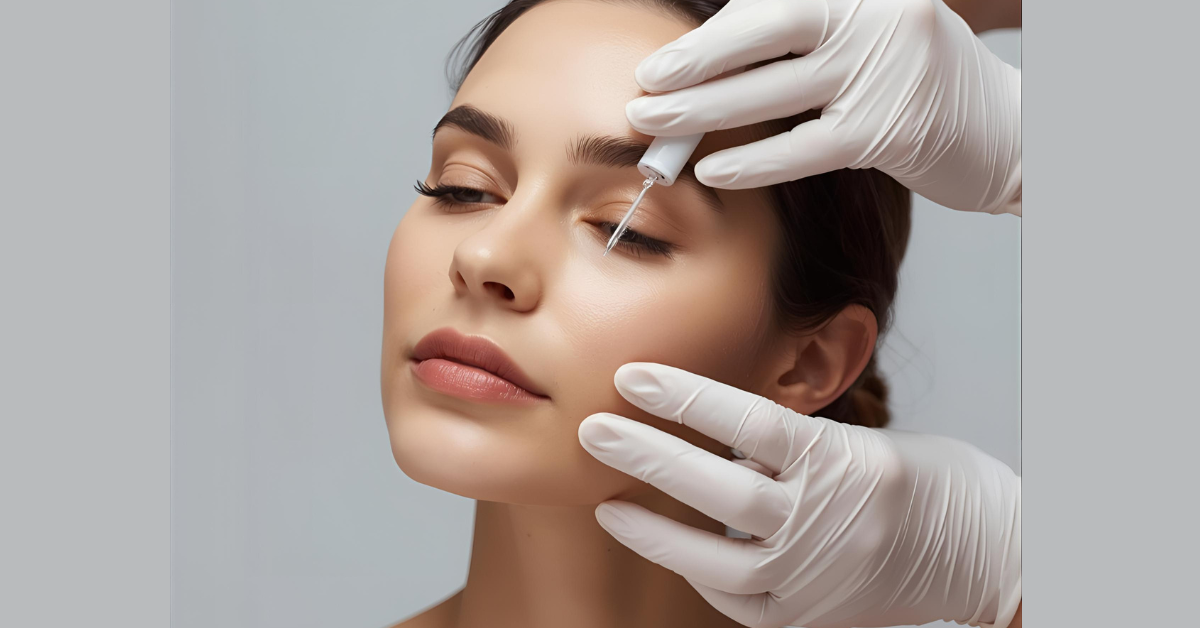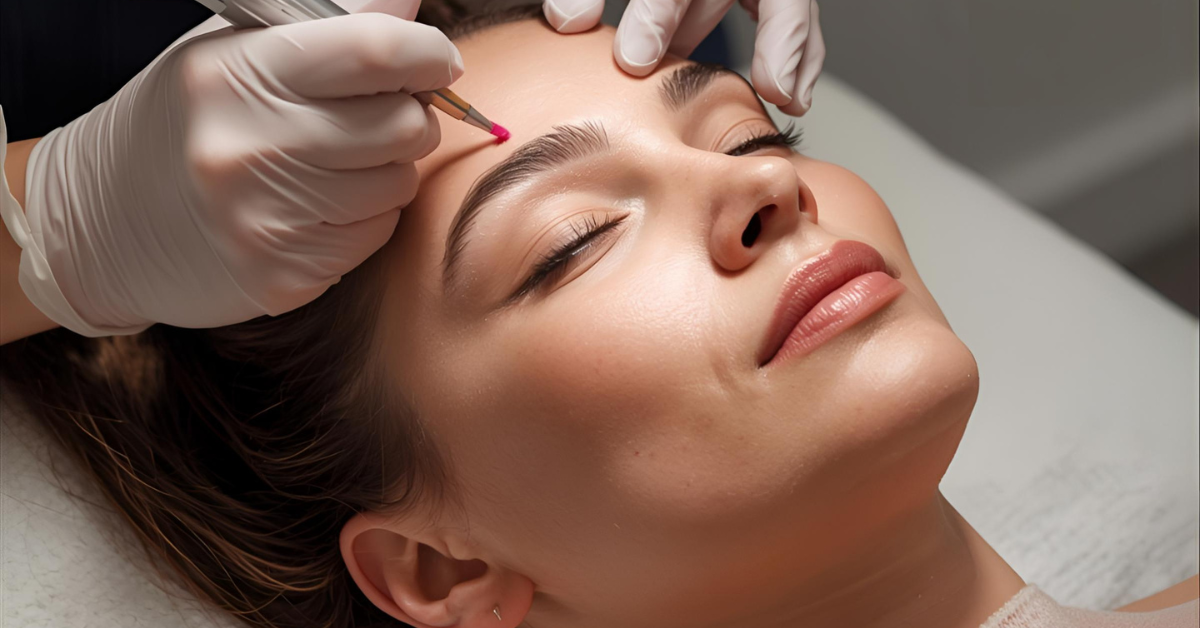Are Non-Surgical Face Lifts Safe and Effective?
In today’s world of beauty and aesthetics, non-surgical face lifts have gained remarkable popularity as more people seek ways to look younger, fresher, and more vibrant without going under the knife. With busy lifestyles and growing awareness around the risks of invasive surgery, many individuals are now turning to safer, quicker alternatives that offer visible results with little to no downtime. Whether it’s to smooth out fine lines, lift sagging skin, or enhance facial contours, non-surgical options have become the go-to choice for those wanting rejuvenation without the cost, pain, or extended recovery associated with traditional face lift procedures. But with this growing trend comes an important and valid question: Are non-surgical face lifts truly safe and effective? In this article, we’ll take a closer look at how these treatments work, explore their advantages and limitations, discuss their safety profile, and assess how effective they are in delivering long-lasting, noticeable improvements.
What Is a Non-Surgical Face Lift?
A non-surgical face lift refers to a variety of minimally invasive cosmetic treatments designed to rejuvenate the face without surgery. Unlike traditional face lifts, which involve cutting and suturing the skin, non-surgical procedures rely on techniques like dermal fillers, Botox, thread lifts, ultrasound therapy, and radiofrequency treatments. These methods help lift sagging skin, reduce wrinkles, and restore lost volume with minimal downtime.
Types of Non-Surgical Face Lift Treatments
Some of the most popular non-surgical face lift options include:
- Botox Injections: Used to relax facial muscles and smooth dynamic wrinkles.
- Dermal Fillers: Help restore lost volume and add contour to cheeks, jawlines, and lips.
- Thread Lifts: Use dissolvable threads to lift and tighten sagging skin.
- Ultherapy: A non-invasive treatment using ultrasound waves to stimulate collagen production.
- Radiofrequency Treatments: Such as Thermage, which use heat energy to firm the skin.
Each of these methods targets different concerns and is often used in combination for optimal results.
Are They Safe?
One of the biggest advantages of non-surgical face lifts is their safety profile. Since these procedures are minimally invasive, they carry far fewer risks than traditional surgical methods. Most of the side effects—like redness, swelling, or bruising—are temporary and resolve within a few days. These treatments are FDA-approved and performed by trained professionals, which adds an extra layer of safety.
However, safety also depends on the skill of the practitioner. Choosing a qualified, experienced provider is essential to avoid complications such as uneven results, infections, or allergic reactions. It's also important to have a consultation before any procedure to discuss medical history, skin type, and expectations.
How Effective Are Non-Surgical Face Lifts?
While non-surgical options cannot replicate the dramatic results of a full surgical face lift, they can deliver noticeable and satisfying improvements. These treatments can:
- Smooth fine lines and wrinkles
- Lift mildly sagging skin
- Improve skin texture and elasticity
- Restore youthful facial contours
Most people report looking more refreshed and youthful after treatment. However, the results are typically temporary. For example, Botox may last 3–6 months, while dermal fillers can last up to a year or more. Maintenance sessions are usually required to keep the results intact.
The effectiveness also varies based on age, skin condition, and lifestyle. Younger individuals with early signs of aging tend to respond better, while those with advanced sagging or deep wrinkles may need a combination of treatments or even surgical intervention for more lasting results.
Benefits of Non-Surgical Face Lifts
There are several reasons why people are choosing non-surgical alternatives over traditional surgery:
- Minimal Downtime: Most procedures can be done during a lunch break with little to no recovery time.
- Cost-Effective: Non-surgical treatments are generally
more affordable than surgery.
- No General Anesthesia: Most treatments use topical anesthetic or none at all.
- Customizable: Treatments can be tailored to target specific problem areas.
Who Is a Good Candidate?
Ideal candidates for non-surgical face lifts are individuals in their 30s to 50s with mild to moderate signs of aging. They should be in good overall health and have realistic expectations. If you’re looking for subtle but noticeable changes without undergoing surgery, non-surgical methods may be right for you.
Final Thoughts
So, are non-surgical face lifts safe and effective? The answer is yes—for the right person. These treatments offer a convenient, low-risk option for people who want to enhance their appearance without the expense and recovery time of surgery. They provide real, visible improvements with a natural look, especially when performed by skilled professionals.
That said, they aren’t a permanent solution, and the results will need to be maintained over time. Always consult with a licensed and experienced aesthetic provider to determine which approach is best for your goals and skin needs.
By staying informed and choosing trusted treatments, you can enjoy the benefits of non-surgical face lifts safely and effectively—looking younger and more confident without going under the knife.










